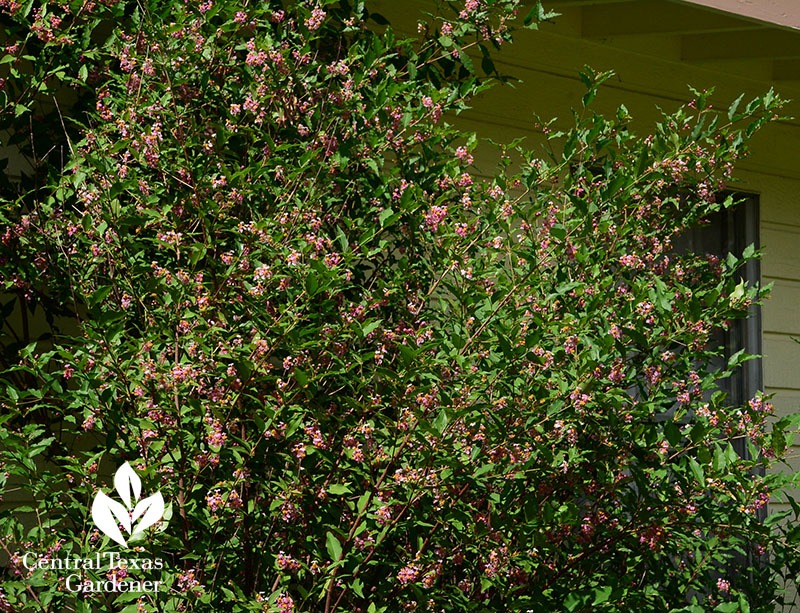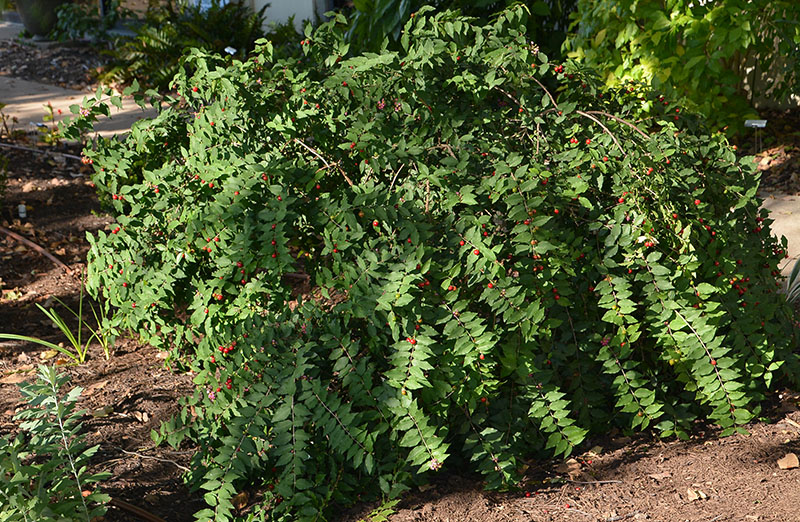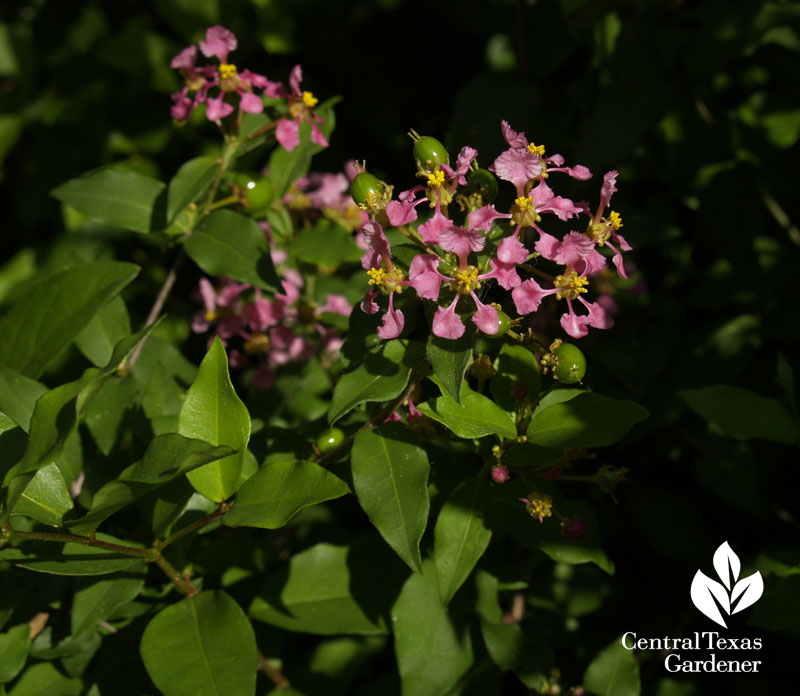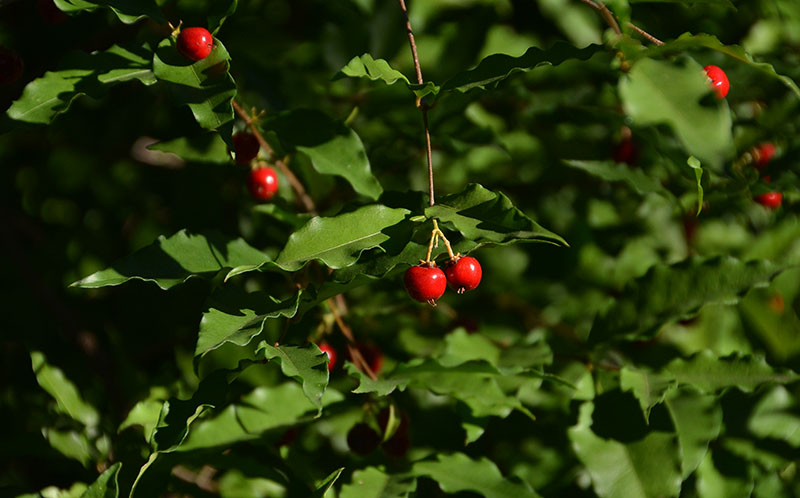What kind of soil do I have?
Why does that make a difference? Well, your soil can make all the difference in the world to what you’re planting, especially if you’re a farmer, or a would-be farmer, but even if you’re just looking to put in a simple home landscape.
A tree that does perfectly fine in east Austin, may croak almost overnight in west Austin. So knowing your soil is indeed very important. You can learn a little bit just by digging a hole. You may not be able to get the shovel into the ground at all, meaning you may have heavy clay or rock. Or you may be able to dig a three-foot hole with ease.
I know you’ve heard of having your soil tested through the Texas AgriLife Extension Service, which will give you great information about the nutrients in your soil, but soil texture is also important. You used to have to go to the library or your county Extension office and look at soil survey maps in order to find out your soil type.
But recently, the USDA Natural Resources Conservation Service uploaded all of their soil mapping data to their website. So now, you can go to the site and get an entire soil survey, built just for the area that you define. Although the website is a bit cumbersome if you’re not a systems analyst geek, it is very powerful. And very useful, especially if you’re looking to purchase a piece of land and start a vineyard, or an orchard, or some other business venture. If you can’t remember the link, just Google “web soil survey” and the NRCS site will come up.

 Elizabeth McGreevy
Elizabeth McGreevy Stephen Orr
Stephen Orr Daphne Richards
Daphne Richards Native Barbados cherry, a small shrub/tree to 4-6' tall, is a great choice for small landscapes, to screen a view, or accent a habitat garden. Like most plants, it needs a little extra water during the first few years, but is very drought-tolerant once established.
There are dwarf varieties available (Malpighia punicifolia 'Nana') that grow to 2-4'.
Native Barbados cherry, a small shrub/tree to 4-6' tall, is a great choice for small landscapes, to screen a view, or accent a habitat garden. Like most plants, it needs a little extra water during the first few years, but is very drought-tolerant once established.
There are dwarf varieties available (Malpighia punicifolia 'Nana') that grow to 2-4'.
 Barbados cherry is not deer resistant.
The small pink flowers, which bloom in spurts from April through October, look very similar to the flowers of crape myrtle. They attract butterflies, bees, and hummingbirds.
Barbados cherry is not deer resistant.
The small pink flowers, which bloom in spurts from April through October, look very similar to the flowers of crape myrtle. They attract butterflies, bees, and hummingbirds.
 Barbados cherry produces a lovely bright red fruit that is edible and high in vitamin C, but quite tart. These fruits are truly a wonderful food source for birds.
Barbados cherry produces a lovely bright red fruit that is edible and high in vitamin C, but quite tart. These fruits are truly a wonderful food source for birds.
 Barbados cherry performs well in part shade to full sun and is evergreen during most winters. In a harsh winter, it may lose its leaves but will bounce back when spring arrives. Simply cut back dead branches. You can also prune to shape.
It's adaptable to most soils, including clay, but does require good drainage.
Barbados cherry performs well in part shade to full sun and is evergreen during most winters. In a harsh winter, it may lose its leaves but will bounce back when spring arrives. Simply cut back dead branches. You can also prune to shape.
It's adaptable to most soils, including clay, but does require good drainage.  Trisha Shirey
Trisha Shirey